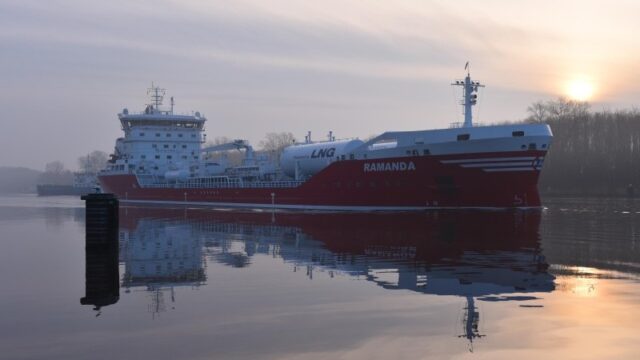There has been little in the way of significant disruptions to pipeline gas flows to Europe through the winter, which would have helped ease concerns over the higher demand winter months.
Norwegian gas flows into the EU totalled around 23bcm in the first quarter of 2024, up from around 22.4bcm over the same period last year. While there have been some unplanned outages in Norway in the first quarter of this year, these have been relatively small in nature as well as short-lived.
Russian pipeline flows have been strong year-on-year, both via Ukraine as well as through TurkStream. Volumes via both routes totalled around 7.1bcm over the first quarter of 2024, up from around 4.1bcm for the same period last year. This is a continuation of a trend we have seen since the fourth quarter of 2023, with stronger flows via both routes.
However, Russian flows have still fallen significantly from pre-war levels, so the impact from a stoppage in remaining flows would be less significant. Although clearly, the market would still react to supply losses – just not anywhere near to the extent we saw during the peak of the energy crisis.
Disruptions to remaining Russian pipeline flows is a very real risk. Gazprom’s transit deal expires at the end of this year and Ukraine has made it clear it has no plans to extend the deal. This puts around 50% of remaining Russian pipeline flows at risk. Although, Russia may try push larger volumes through TurkStream. Either way, we expect any potential losses from Russia to be manageable for Europe, given the ramping up of new LNG export capacity later this year and into 2025.
North African pipeline flows have been relatively stable on a year-on-year basis with flows in the first quarter of this year totalling 7.3bcm, down just 1% year-on-year.
Azerbaijan flows have also been steady through this period, totalling 2.8bcm over the quarter compared to 2.7bcm for the same period last year. We do not expect to see any significant changes in these flows through the year.
Given the comfortable storage situation in Europe, there has not been a strong pull on LNG in recent months. According to Refinitiv data, LNG imports into the EU over 2024’s first quarter totalled just over 31bcm, down from a little over 32bcm for the same period last year. It shouldn’t be too surprising that the US makes up the bulk of these imports, with 50% of flows originating from the US. The US share in EU imports has grown from around 42% for the same period last year.
Meanwhile, the EU’s dependence on Russian LNG has also grown. Russia made up around 20% of total EU LNG imports in the first quarter, up from around 17% for the same period in 2023. Pressure is growing from within the European Commission towards players to reduce Russian LNG imports, and it would appear it is only a matter of time before the EU bans Russian LNG. Global LNG supply in 2025 is set to increase with the ramping up of new export capacity, which could make the European Commission feel more comfortable about possibly banning Russian LNG.




